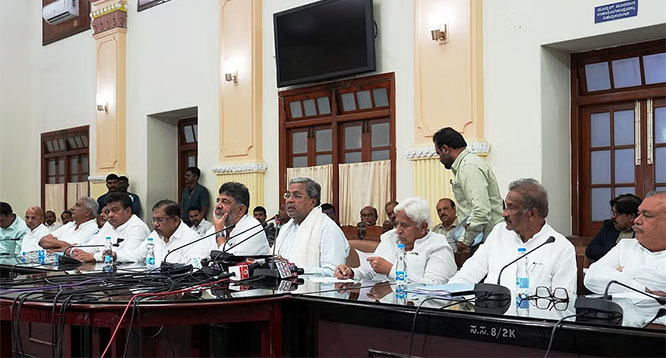Patna, Dec 29: young man was found hanging from the ceiling of his home in Bihar hours after being forced to lick his own spittle by a kangaroo court that accused him of harassing a girl he was supposedly in love with, a senior police official said on Tuesday. The incident took place in Chainpur police station area of this west Bihar district where the body of Shivshankar Gupta (22) was found hanging from the ceiling of his house on Monday night, Dilnawaz Ahmed, Kaimur district Superintendent of Police, told reporters.
According to an FIR lodged by the father of the deceased, trouble began on the intervening night of Saturday- Sunday when Gupta went to the house of the girl, who stayed nearby, to get back his mobile phone. The complainant has claimed that the girl had run away with the phone following a tiff with her boyfriend but when Gupta reached her house, her family members pounced on him alleging that he had come to molest her.
The matter, which involved families of two different castes, triggered tension in the area and, subsequently, a "panchayat" sat in judgement, pronounced the boy "guilty" and ordered him to spit on the ground and lick it by way of punishment. Crestfallen by the humiliation that he had to suffer in public, Gupta returned home with his family members, and on Sunday night, bolted the door of his room from inside while going to sleep, the SP said quoting the FIR.
He was found hanging from the ceiling next morning by family members who prised open the door when Gupta did not respond to repeated knocks. In the FIR, the bereaved father has named family members of the girl and those who sat in the self-styled "panchayat", accusing them of abetment to suicide.
No arrests have been made so far and the matter is under investigation, the SP said.







Comments
Add new comment